The sky rises up from Gran Canaria
What’s in a name? Look out over cityscapes and nature from Gran Canaria’s terraces, azoteas, rooftops or rocktops as time stands still.
The clock on Santa Ana Cathedral’s north tower was brought to Las Palmas de Gran Canaria from London on board the ‘Scipion’ corvette back in 1775. For the last two and a half centuries, it has told the time for the historic neighbourhoods of Vegueta and Triana, and miraculously keeps on ticking even as we sit entranced on the terraces atop these amazing buildings, directly opposite the cathedral façade. Time seems to stand still as the moonlight bathes our faces and our gaze wanders curiously down the warren of lanes streaming out from Plaza de Santa Ana.
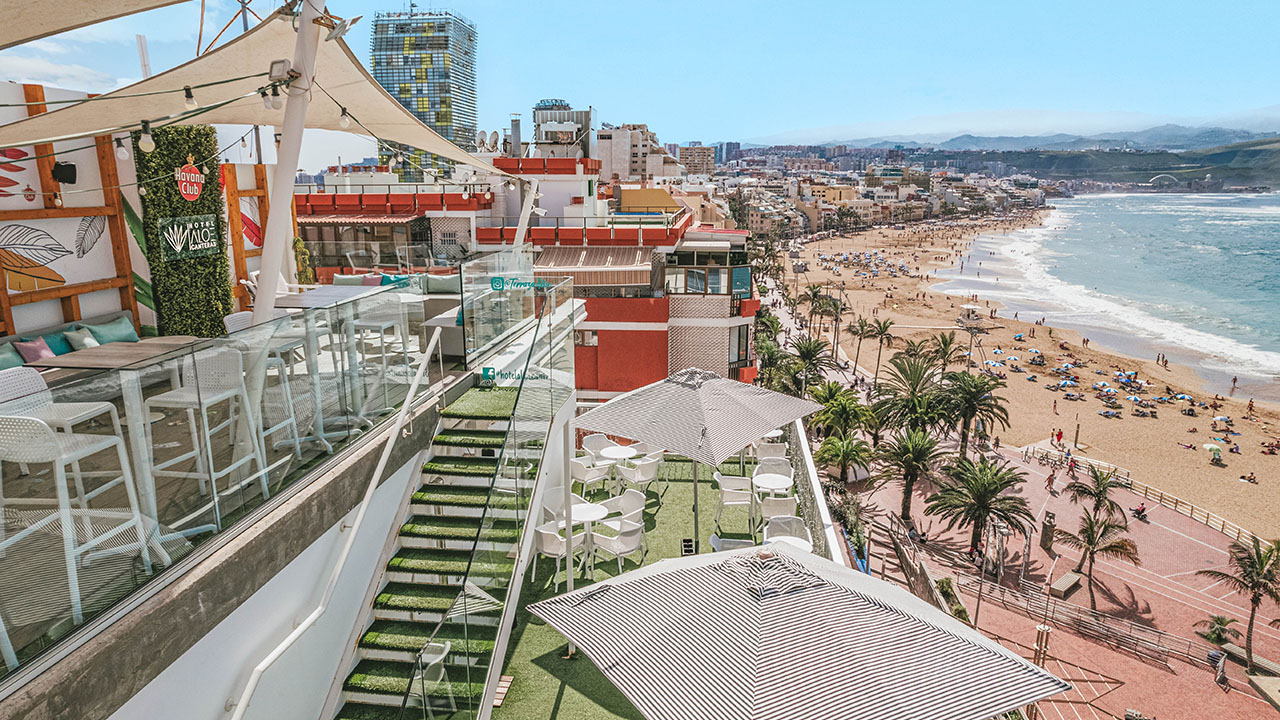
Sometimes, it doesn’t matter what time it is and likewise, the name we give things have little importance. These spaces are found literally, and virtually, on top of our daily routine, looking out at the hustle and bustle from on high, seemingly so far away that it can’t possibly reach us up there. At the end of the day, it doesn’t matter whether we call them terraces, azoteas, rooftops or rocktops. Words change but not that happy feeling of isolation from the real world. Furthermore, their varied vibes, cocktails, flavours, brunches, even swimming pools sometimes, DJs, jazz bands and other grooves, alongside the year-round pleasant weather and views of the city, the sea or the mountains of Gran Canaria will only make you more eager to scale these watchtowers halfway between heaven and earth.
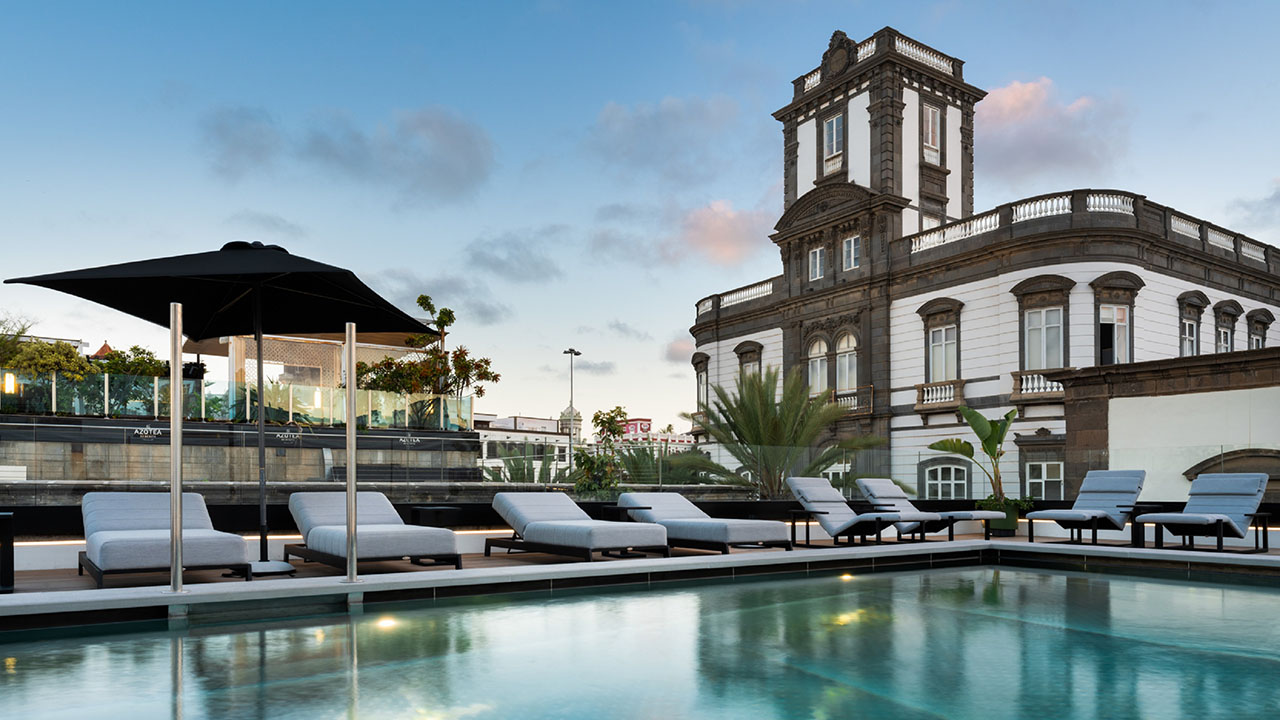
From this birds’ eye view, the ocean is an immense painting of blue tones that glimmer from above. In turn, the sunset is an ochre and red show bringing the curtain down on the day, until the stars form the only roof over our heads. In the case of Las Palmas de Gran Canaria, these urban oases give us a glimpse of history while standing in the present day. They show us an environment that has adapted to our times, with old buildings living a second life as fashionable restaurants, museums, public libraries, ice cream parlours or shops.
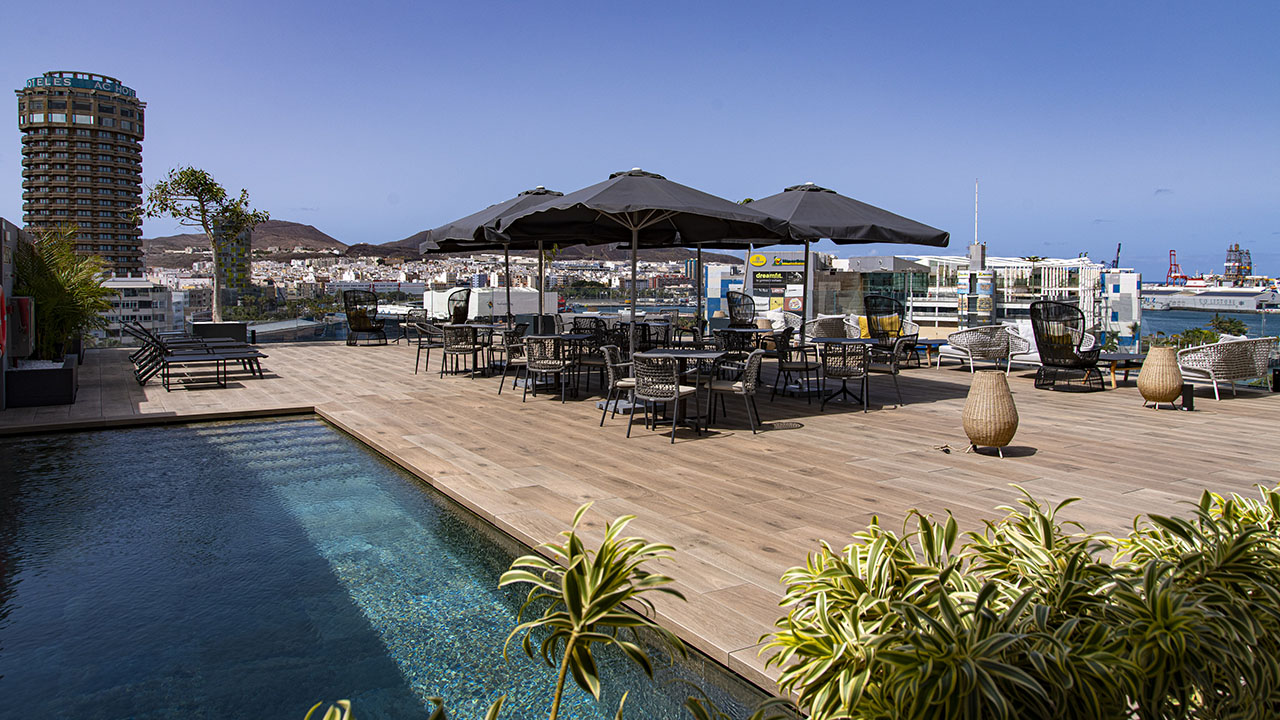
You can also spot cruise ships as they pull into the city and take their leave at dawn or sundown with four toots on their horn, announcing their departure, seeming to say “see you soon”. You can also spot the outline of the port and the nearby sinuous silhouette of La Isleta’s sleeping volcanoes, alongside Las Canteras beach, equipped with its very own viewpoints to watch an eternal ritual, the appearance and disappearance of the natural bar that protects the sandy beach in the to-and-fro of the waves.
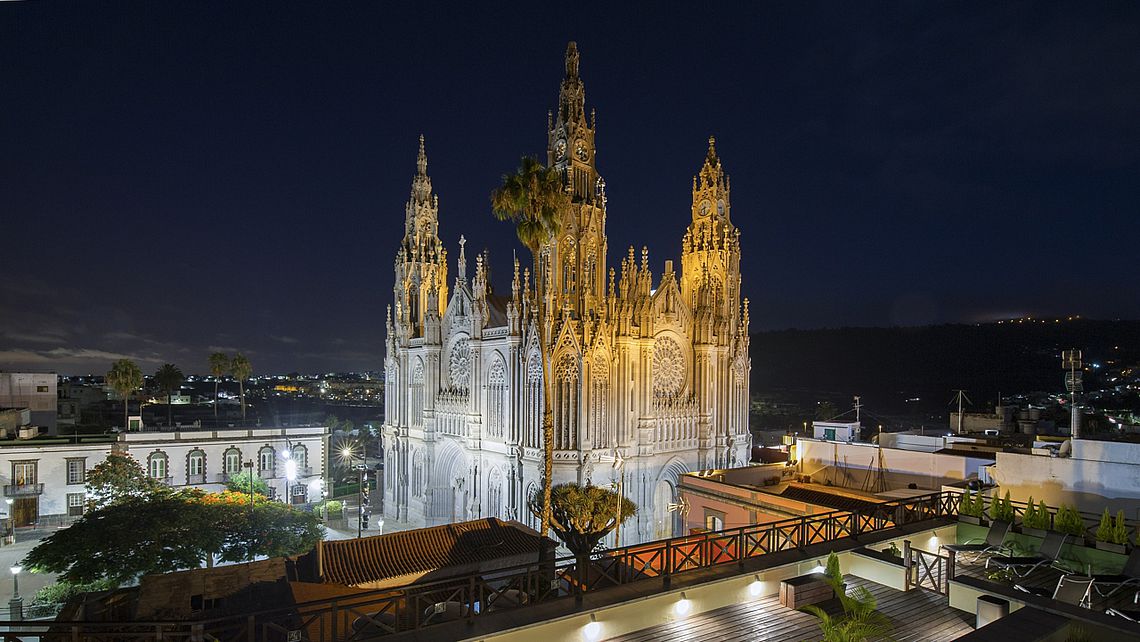
While we watch, chat or sit in silence, it probably doesn’t dawn on us that our drink is sparkling with the same sun lighting up the sea, or the night-time illumination that transforms the city into a mysterious jigsaw of light and shade. This echoes how the light sparkles through the stained glass windows of the church of San Juan de Arucas which seems close enough to touch from the rooftop while you try some of Gran Canaria’s local cheese and sip a glass of our wine. A little further afield, the banana plantations slot into the landscape slightly further north, towards Gáldar, where the peal of the bells from the church of St James the Apostle blend into the chinking sound of your glasses. Further along the Agaete coast, you can enjoy a seemingly endless sunset from a rooftop, until the last fire in the sky makes way for the ashes of the night.
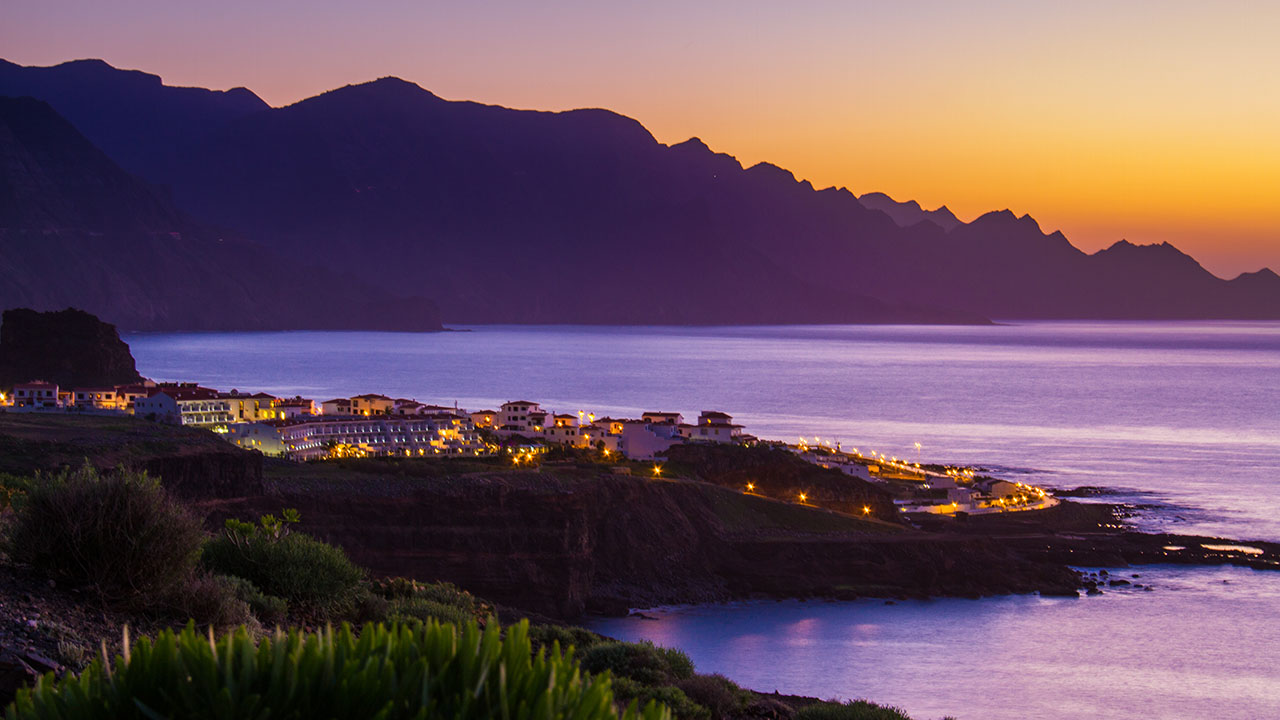
In the South, you can try out rooftop terraces around the Maspalomas Lighthouse and Dunes or opposite El Inglés or San Augustin beaches, as well as several locations in Mogán. There are really no limits to the late afternoon enjoyment in these chinks of sky in Gran Canaria. This freedom extends to food and drink menus, where variety and imagination know no bounds, particularly where cocktails are concerned. It is as if the menus are echoing the island’s biodiversity.
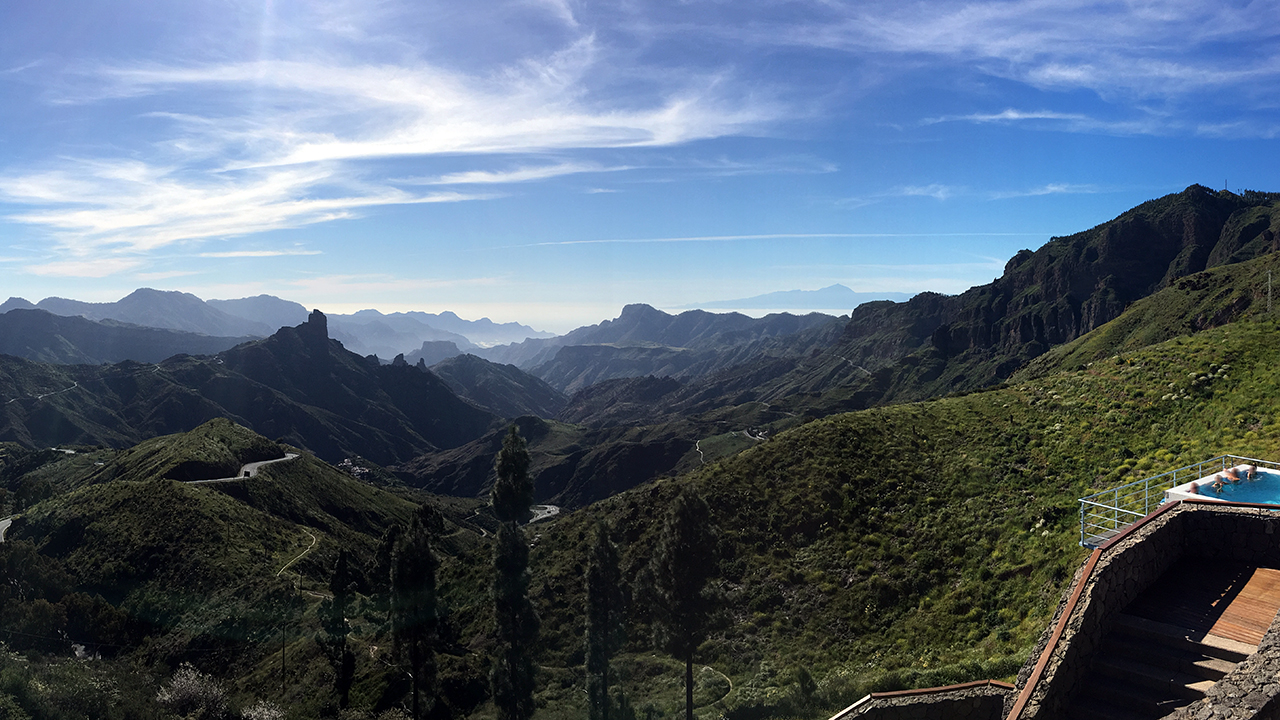
These wonderful spots climb all the way up to the peak of Gran Canaria. In La Cruz de Tejeda, over a steaming cup of coffee or a glass of wine, you can make out amazing geological formations, glorious ruins of titanic volcanic processes, and pine forests. As night draws in, it becomes clear why this Cultural Landscape of Risco Caido and the Sacred Mountains of Gran Canaria, declared a UNESCO World Heritage Site, is home to so many solar and lunar markers which were used to measure the passing of time by star-gazers. Although now, you’re bound to have lost track of time from the terrace. Don’t fret about it, the clock on the northern tower of Santa Ana Cathedral will keep time for you.
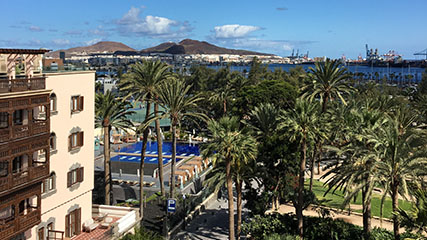
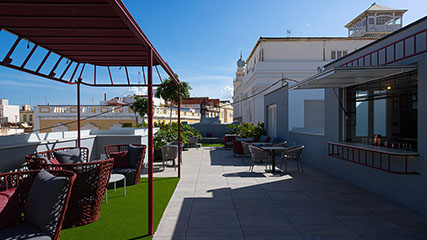
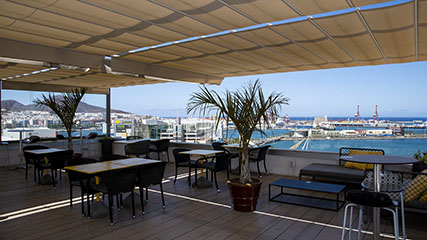
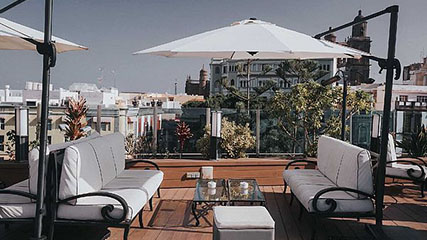
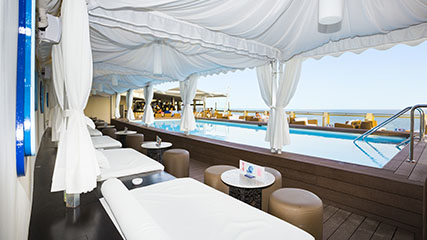
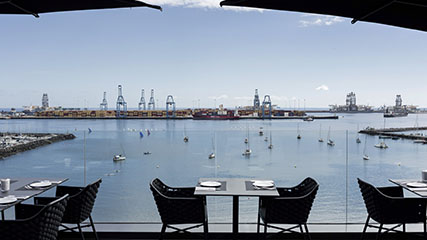

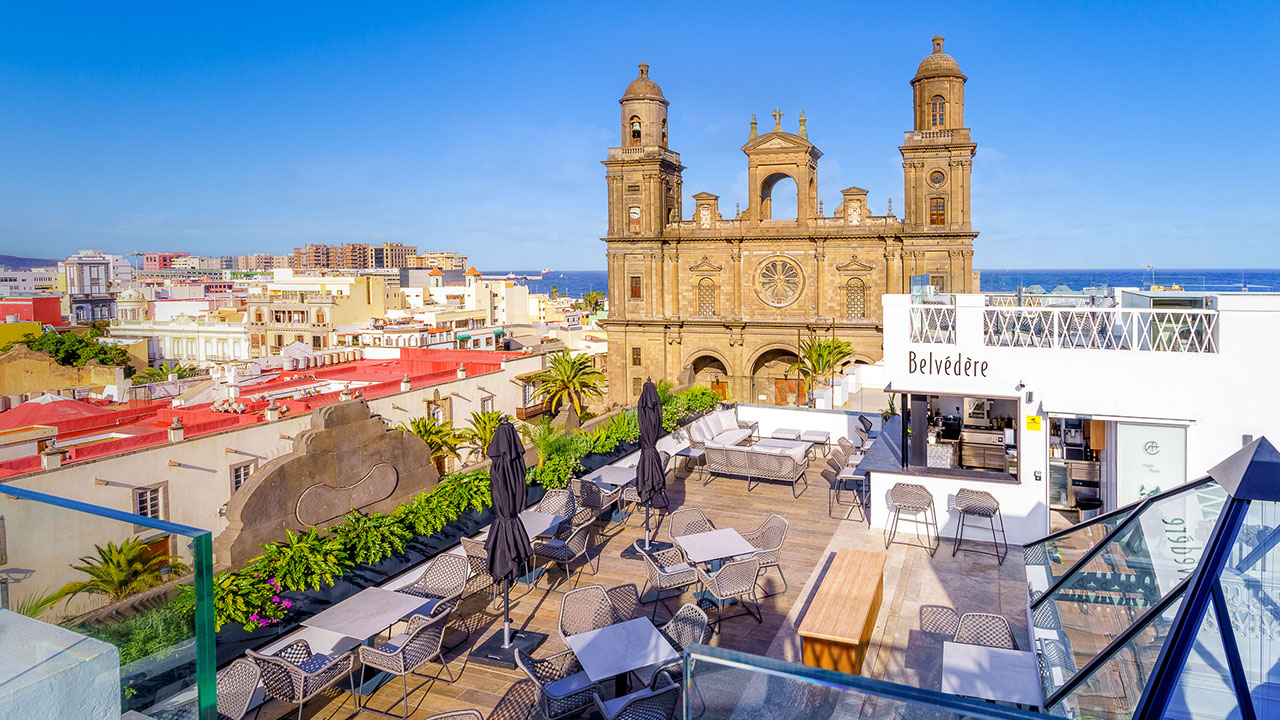

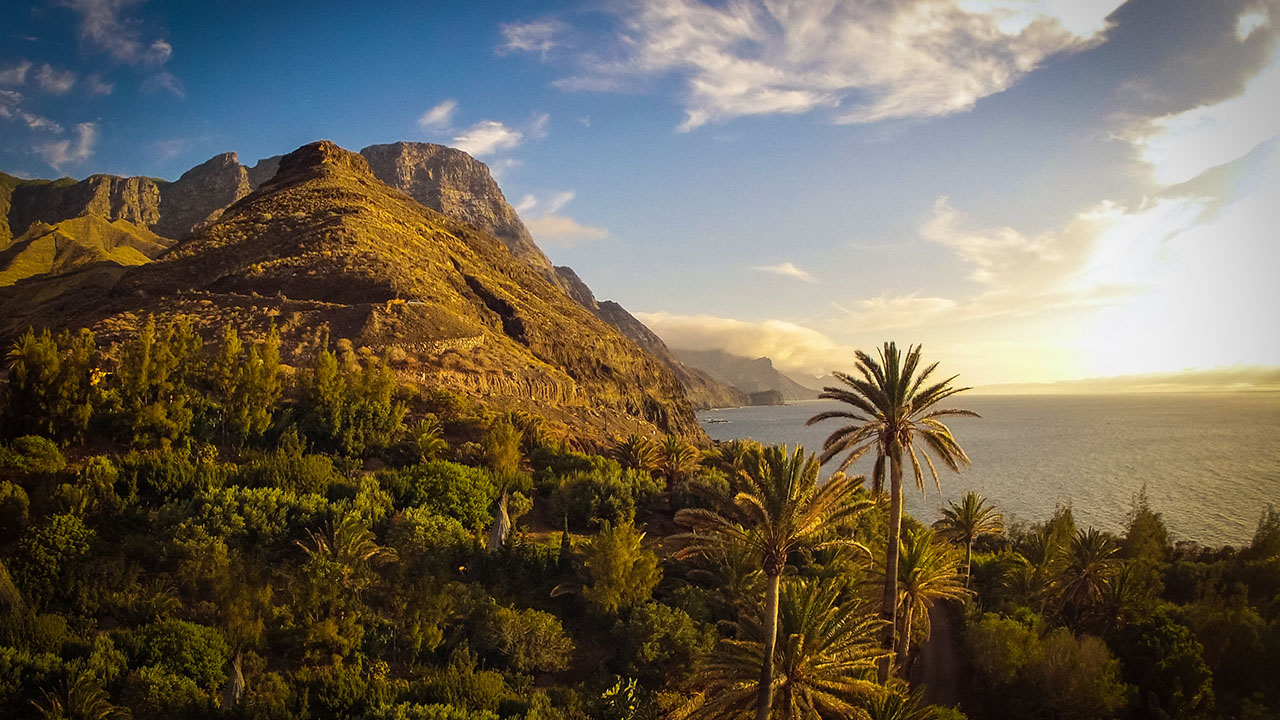
Comments are disabled for this post.